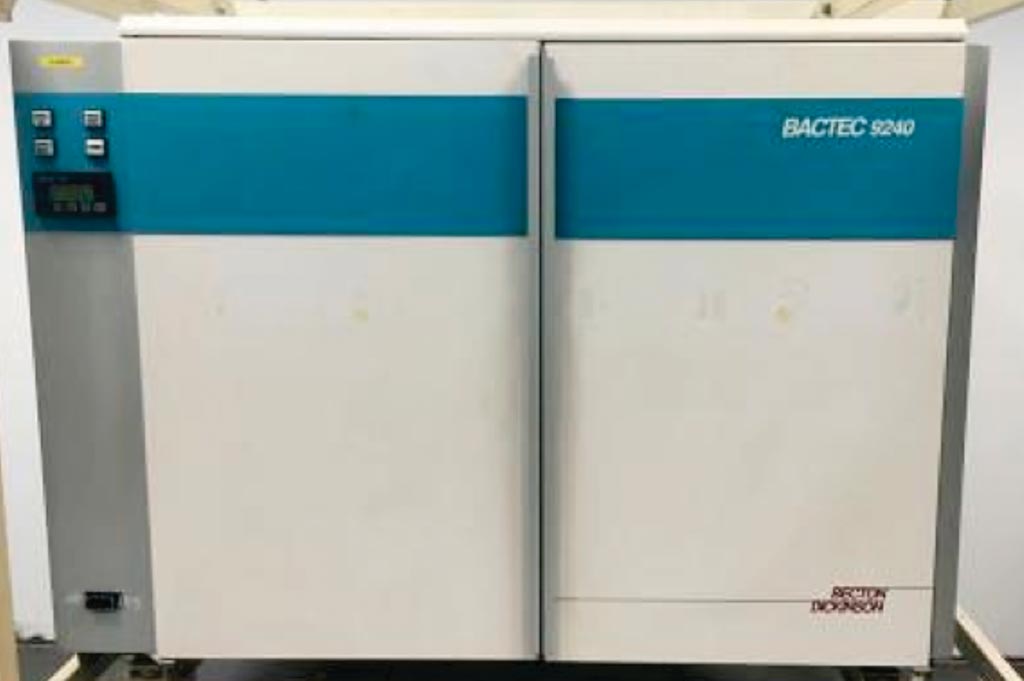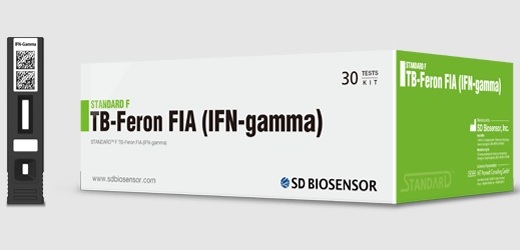Positive Blood Cultures Obtained Two Hours after Chills
By LabMedica International staff writers
Posted on 13 Nov 2018
Chills are feelings of coldness accompanied by shivering and they may arise with or without fever. The shaking chills are sometimes referred to as rigors. They are similar to shivering when there is an infection and fever, but much more intense.Posted on 13 Nov 2018
Although various types of testing methods have been developed for the detection of bacteria, including molecular techniques, blood culture is currently the gold standard method for identifying the etiological pathogens of bacteremia.

Image: The automated blood culture system, the Bactec 9240 (Photo courtesy of Becton, Dickinson and Company).
Infectious disease specialists at the Okinawa Chubu Hospital (Okinawa, Japan) carried out a prospective observational study from January 2013 to March 2015 at a referral center. All enrolled patients were adults with an episode of shaking chills who were newly admitted to the division of infectious diseases. The study exposure was the time lag between blood culture draw and the most recent episode of shaking chills. The suspicion of bacterial infection was based on both a clinical decision and laboratory tests including point-of-care Gram stain on admission.
At least two sets of blood cultures that included aerobic and anaerobic bottles with Bactec Plus resin medium were routinely drawn. All culture bottles were incubated for at least five days in an automated blood culture system, the Bactec 9240 system. Coagulase-negative staphylococci, Bacillus species, Propionibacterium species, Micrococcus species, Clostridium species, and also α-streptococci were considered potential skin contaminants. With the exception of α-streptococci, if any of these was cultured from only one set of blood cultures, it was regarded as a contaminant.
The scientists reported that among patients whose blood cultures were obtained within two hours after shaking chills started, the blood culture positivity was 53.6% (52/97), whereas among patients whose blood cultures were obtained after more than two hours, the positivity was 37.6% (44/117) The adjusted odds ratio of blood culture positivity for samples drawn within two hours after shaking chills was 1.88. Escherichia coli were the most frequently detected bacteria (58/105).
The authors concluded that their analysis demonstrated that blood culture bottles that were drawn within two hours after the start of the most recent shaking chills were more likely to become positive compared with those drawn after that period. Medical staff should be urged to obtain blood cultures as soon as possible if patients are suspected of having a bacterial infection and have a history of shaking chills. The study was published in The November 2018 issue of the International Journal of Infectious Diseases.
Related Links:
Okinawa Chubu Hospital














